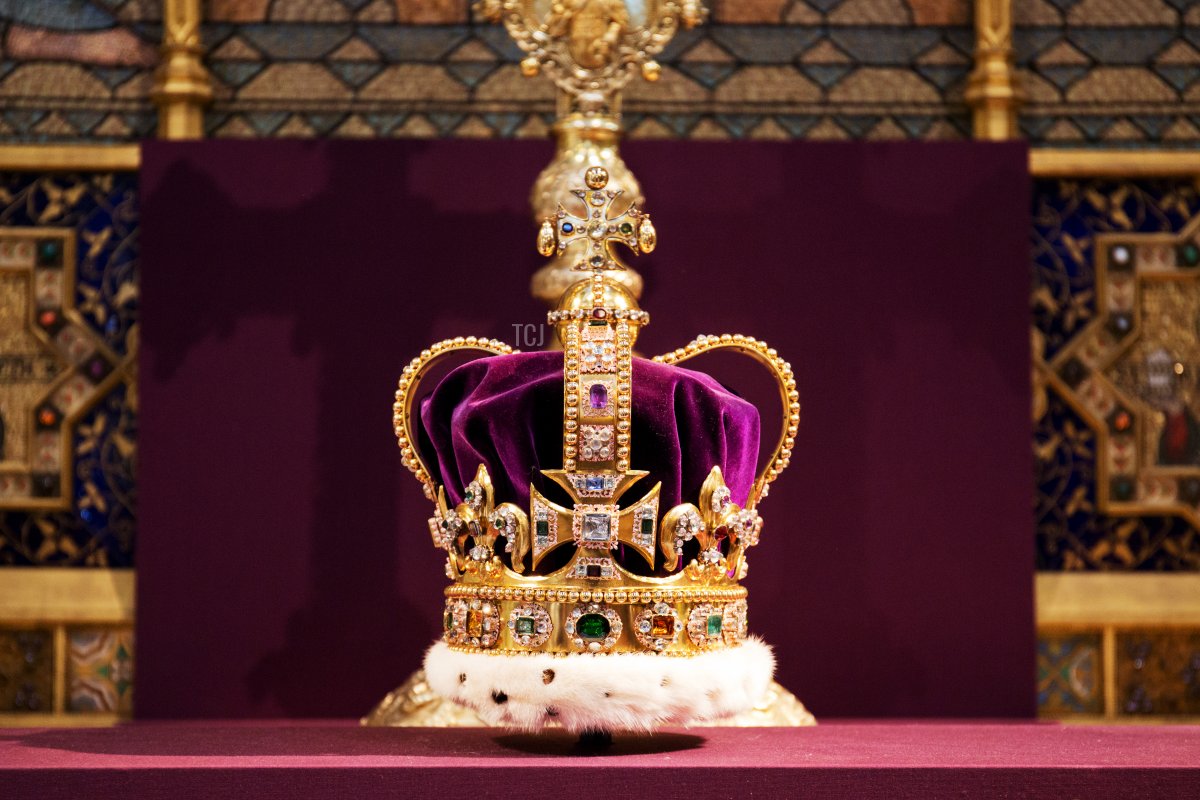
St Edward’s Crown has officially left the building—the Tower of London, that is. Today, we’re talking about the reasons why the famous crown has been removed from its usual place of residence ahead of the coronation in May.
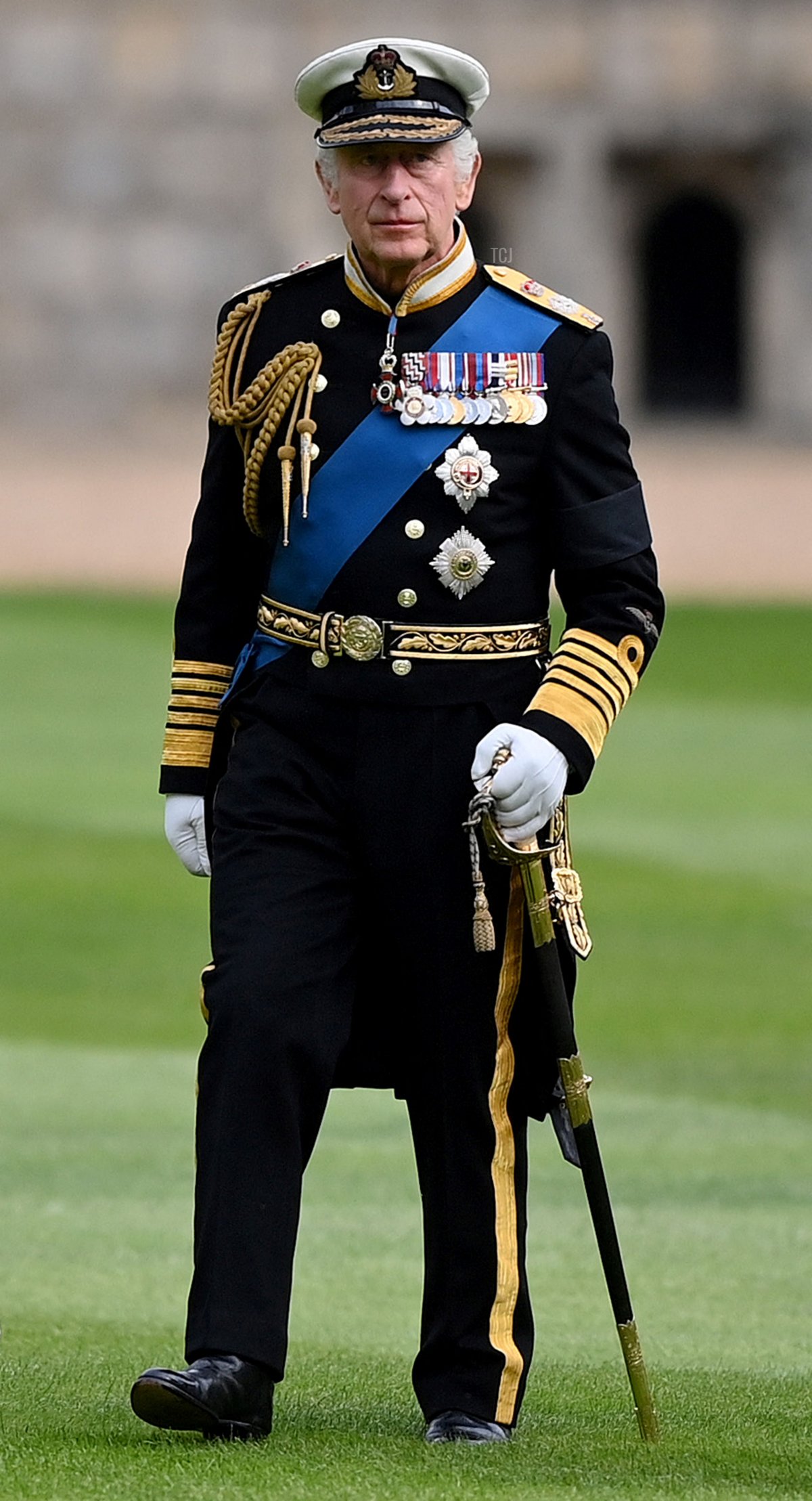
King Charles III will be crowned at Westminster Abbey on May 6, 2023, and preparations for the service are already underway. On Saturday, Buckingham Palace revealed that the process of modifying St Edward’s Crown for the ceremony have already begun.
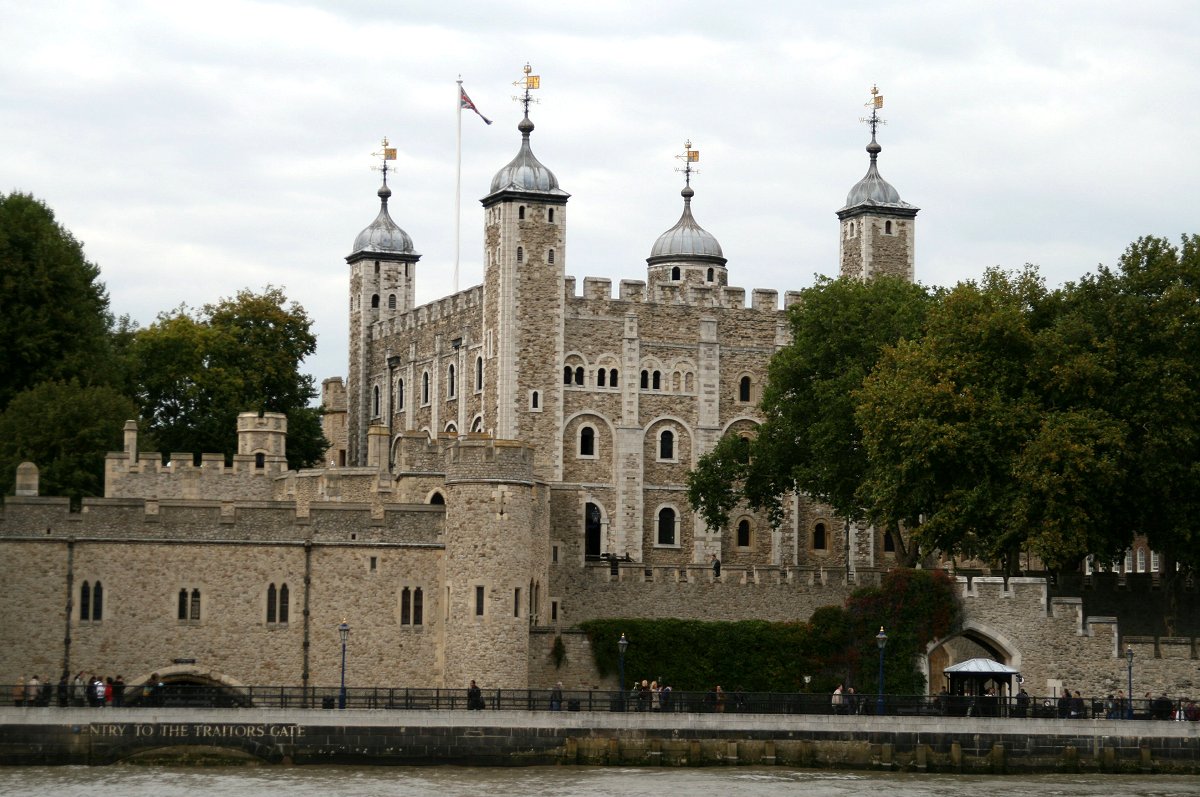
St Edward’s Crown has a permanent home with the other crown jewels at the Tower of London, and it is only removed from the grounds of the complex on very rare occasions. The press release from the palace this weekend noted that the crown has indeed now been taken out of the Tower to begin the necessary renovation work ahead of the coronation.
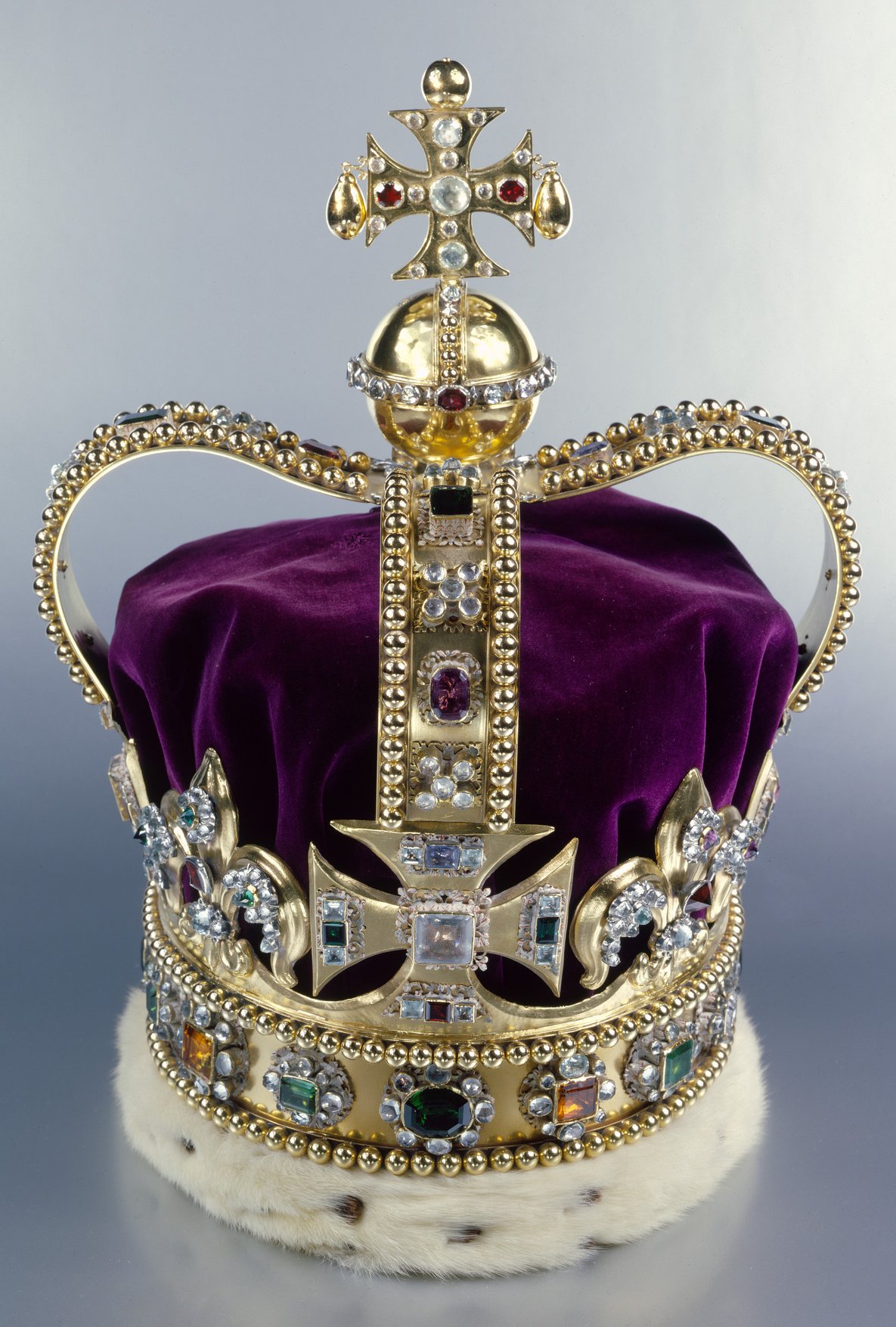
St Edward’s Crown is perhaps the very most important of all of the crown jewels, as it is the crown that is used at the moment of the monarch’s crowning. The monarch wears it just once in a lifetime: when the Archbishop of Canterbury places the crown on his or her head during the coronation ceremony. The crown is only worn for a short period of time during the service, after which it is replaced by the Imperial State Crown. That’s the crown that the monarch wears to depart from the Abbey, and for all other crown-related moments throughout his or her reign.
There’s an easy way to quickly tell the difference between the two crowns. When you think of the Imperial State Crown, think diamonds; when you think of St Edward’s Crown, think gold. Crafted in 1661 to replace the lost medieval crown worn by Edward the Confessor, the modern St Edward’s Crown is made of 22-carat gold. Twelve inches tall, and weighing in at a solid five pounds (without the velvet cap, which adds a bit more), the crown is set with 444 precious and semi-precious gemstones. These include amethysts, aquamarines, garnets, peridots, rubies, sapphires, spinels, tourmalines, topazes, and zircons.
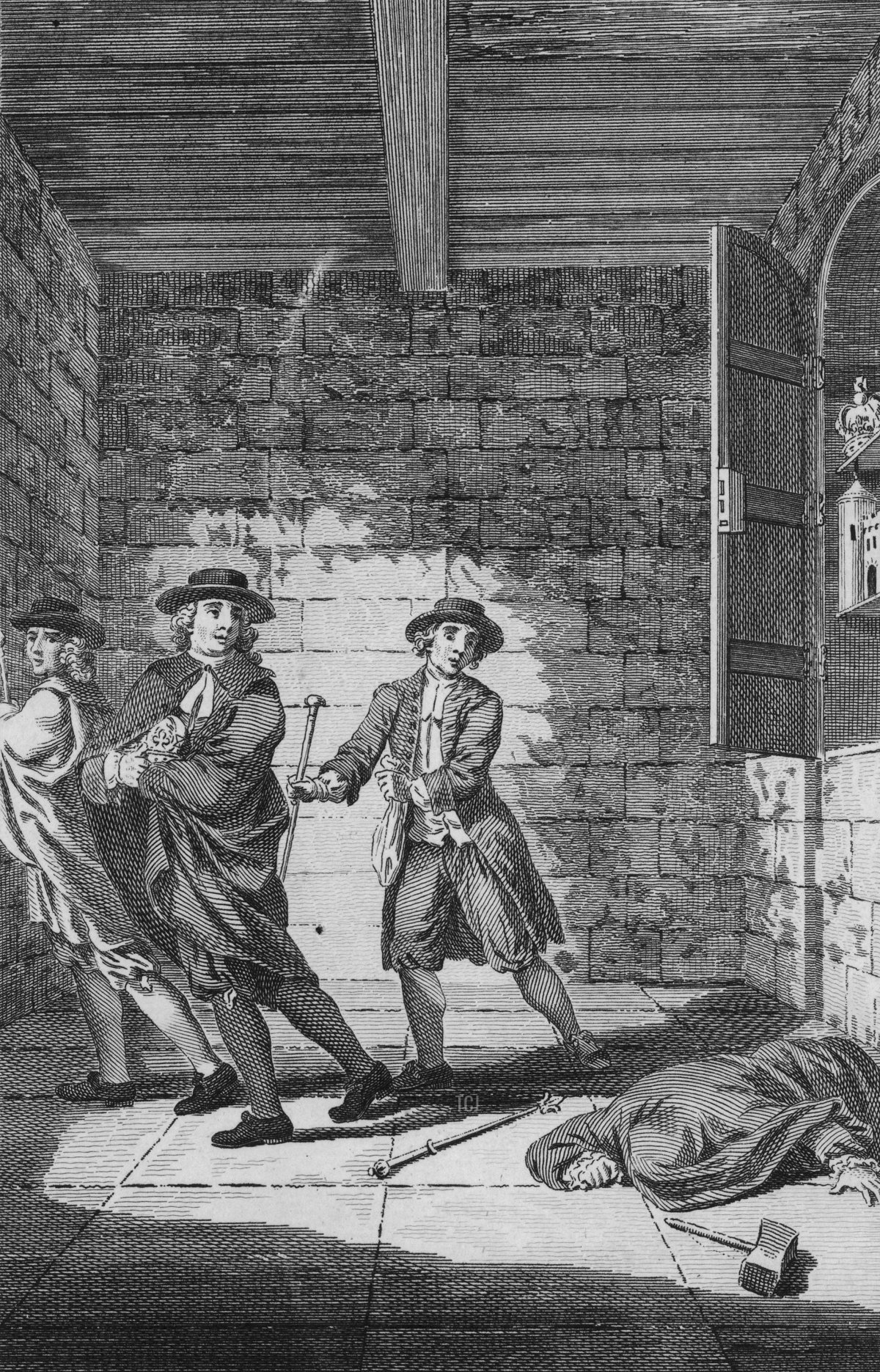
Because St Edward’s Crown is only used at coronations, it hardly ever leaves the Tower of London. Only on rare occasions is it brought out for special exhibitions or other events. In 1671, though, it was nearly smuggled out of the Tower for good when Thomas Blood and his accomplices (pictured above in a later illustration) attempted to steal the crown and other pieces of regalia. After breaking in to the Tower, Blood used a hammer to flatten the crown’s arches so that he could hide it underneath his clothing. As he attempted to flee with the jewels, though, the crown fell out of his cloak, and it was recovered along with the rest of the stolen pieces. For reasons that still remain unknown, King Charles II decided to pardon Blood after he was caught.
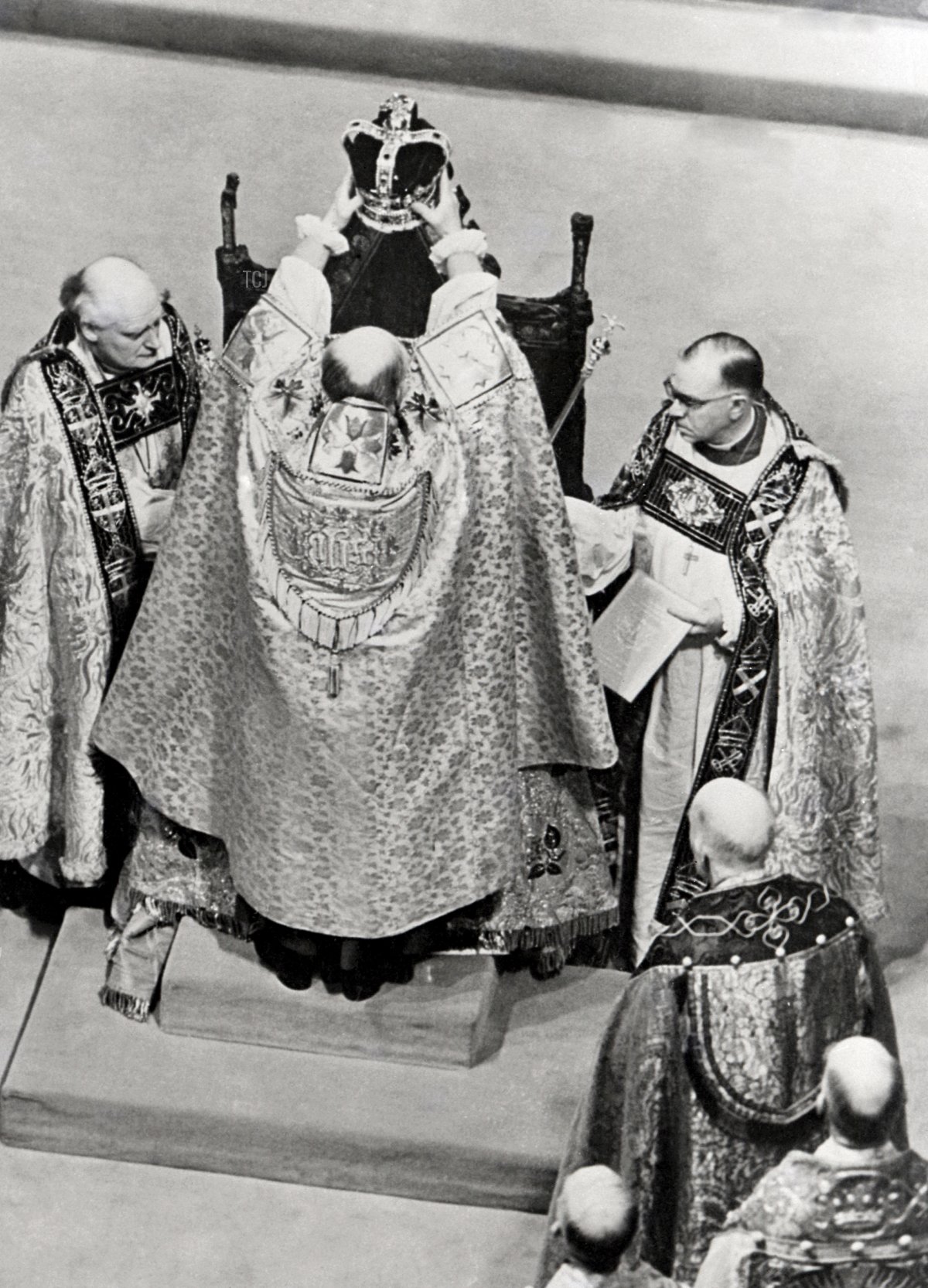
The current crown was used for the first time at the coronation of King Charles II on April 23, 1661. Since then, it has been used to crown five more monarchs: King James II (1685), King William III (1689), King George V (1911), King George VI (1937), and Queen Elizabeth II (1953). During that big 200-year time gap in the middle, spanning from Queen Anne’s reign to that of King Edward VII, the crown was present for the coronation ceremony but not actually worn by the monarch. (They mostly opted for lighter, custom-made crowns instead.) The tradition of wearing the 1661 crown was revived by King George V. His father, King Edward VII, had wanted to wear St Edward’s Crown for his coronation in 1902, but health issues prevented it.
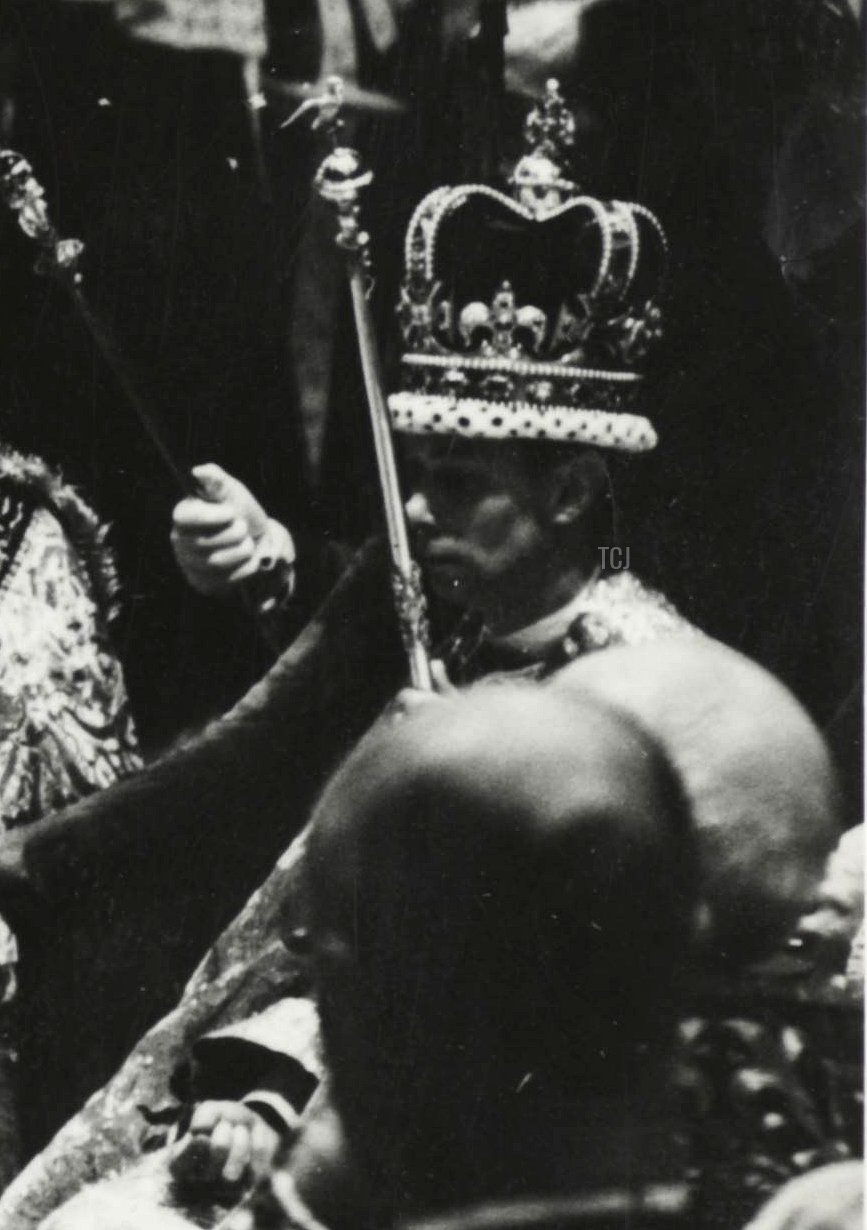
It’s now been confirmed that King Charles III will become the seventh monarch to be crowned with St Edward’s Crown during his coronation ceremony. Charles will be following in the footsteps of his great-grandfather, King George V, and his grandfather, King George VI, depicted here wearing the crown during his coronation in 1937.
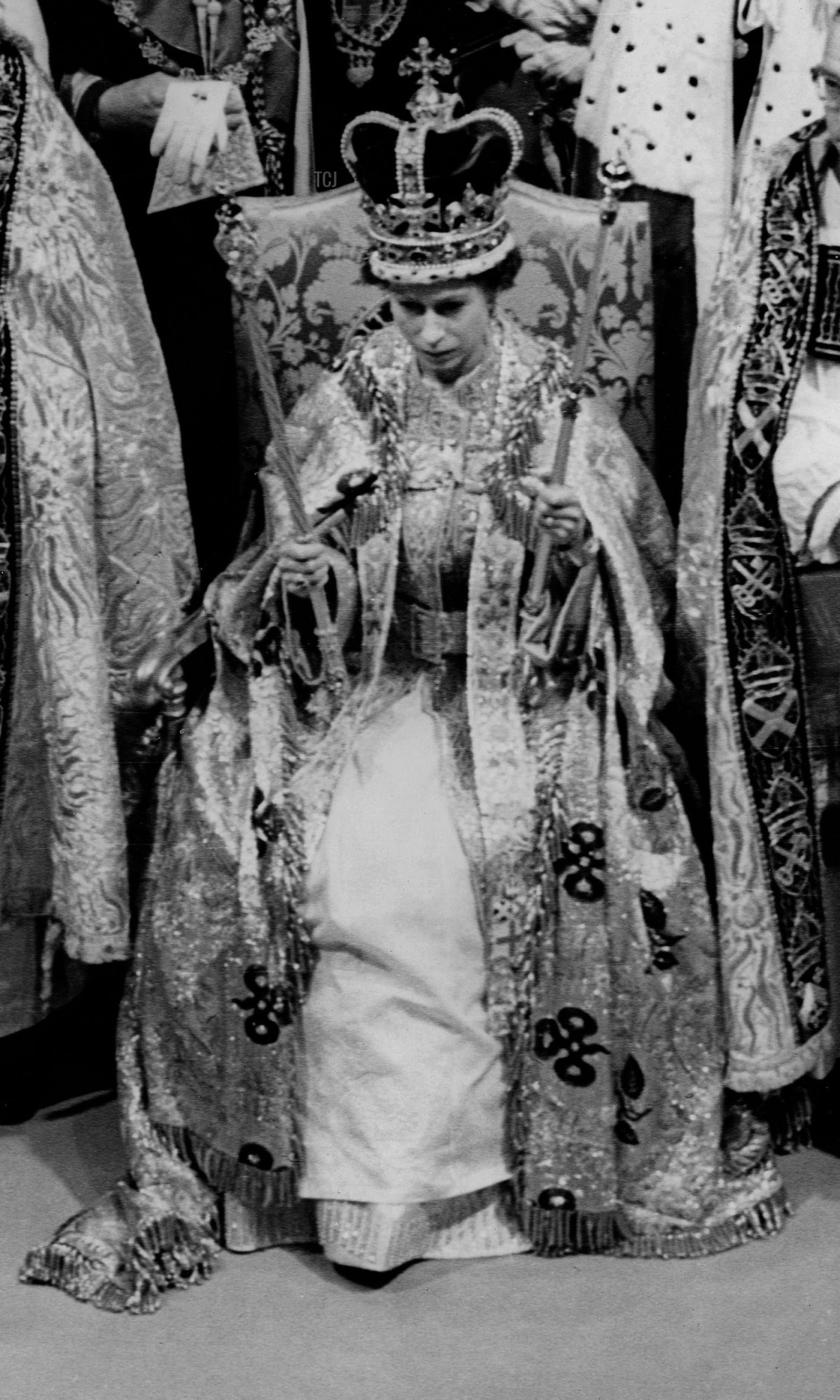
And, probably most significantly, he also follows in the footsteps of his mother, Queen Elizabeth II. She’s wearing St Edward’s Crown in this photograph taken during her coronation service in June 1953, a moment that Charles himself witnessed.
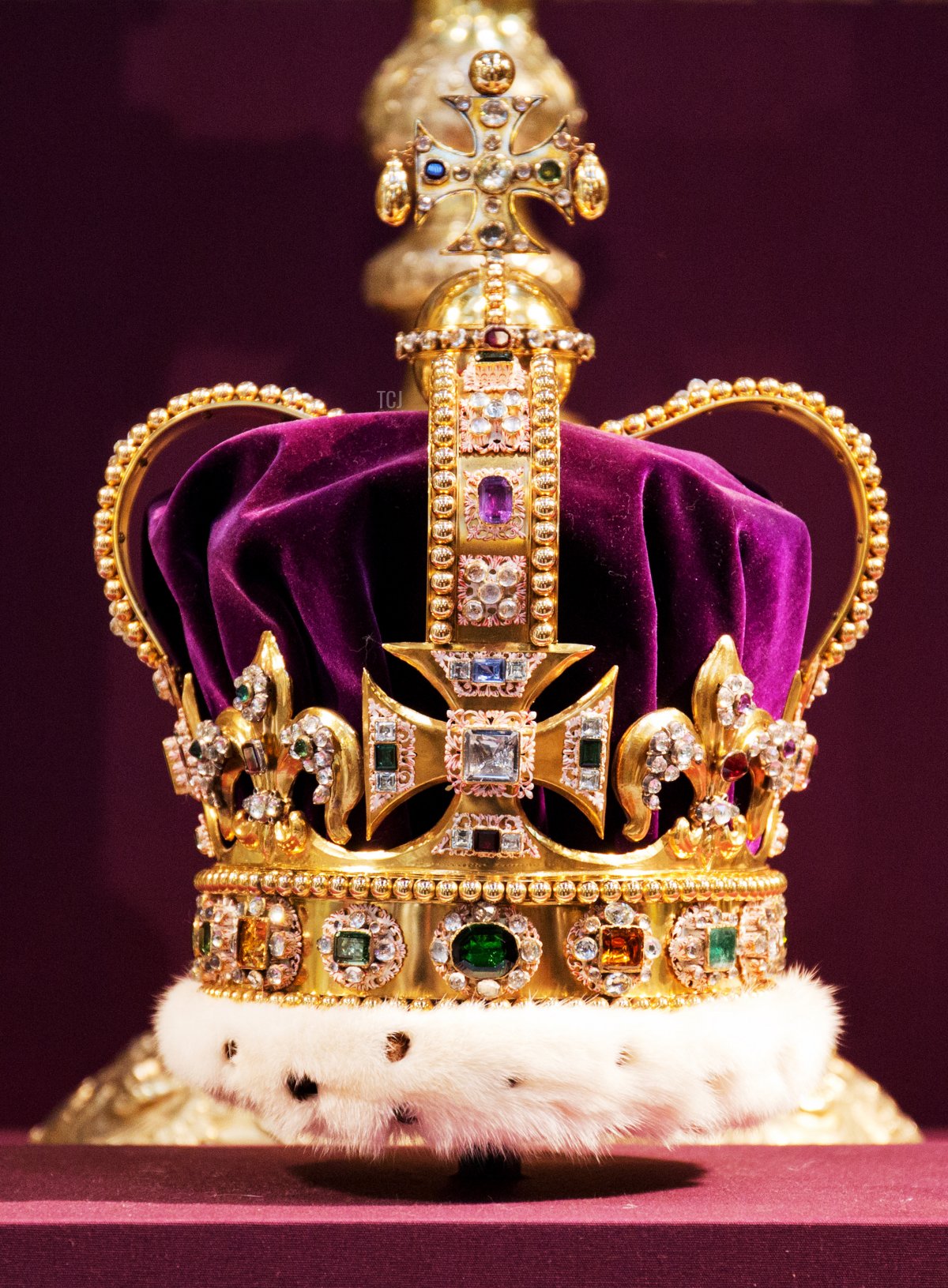
The removal of St Edward’s Crown from its usual home to prepare for the coronation marks the third time in the past decade that it has been taken out of the Tower of London. In June 2013, it traveled from the Tower to Westminster Abbey, where it was put on display to mark the 60th anniversary of Queen Elizabeth II’s coronation. This was the first time that the crown had been removed from the Tower since the 1953 coronation.
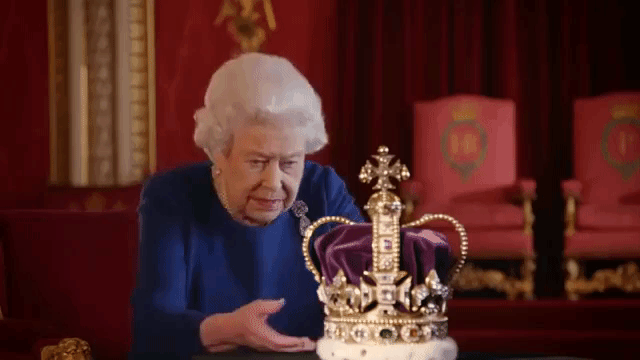
In 2018, the crown was brought to Buckingham Palace for the filming of a special BBC documentary about the 1953 coronation. During the documentary, which was presented by Alastair Bruce, the late Queen Elizabeth II was shown handling the crown and discussing the difficulty of wearing it.
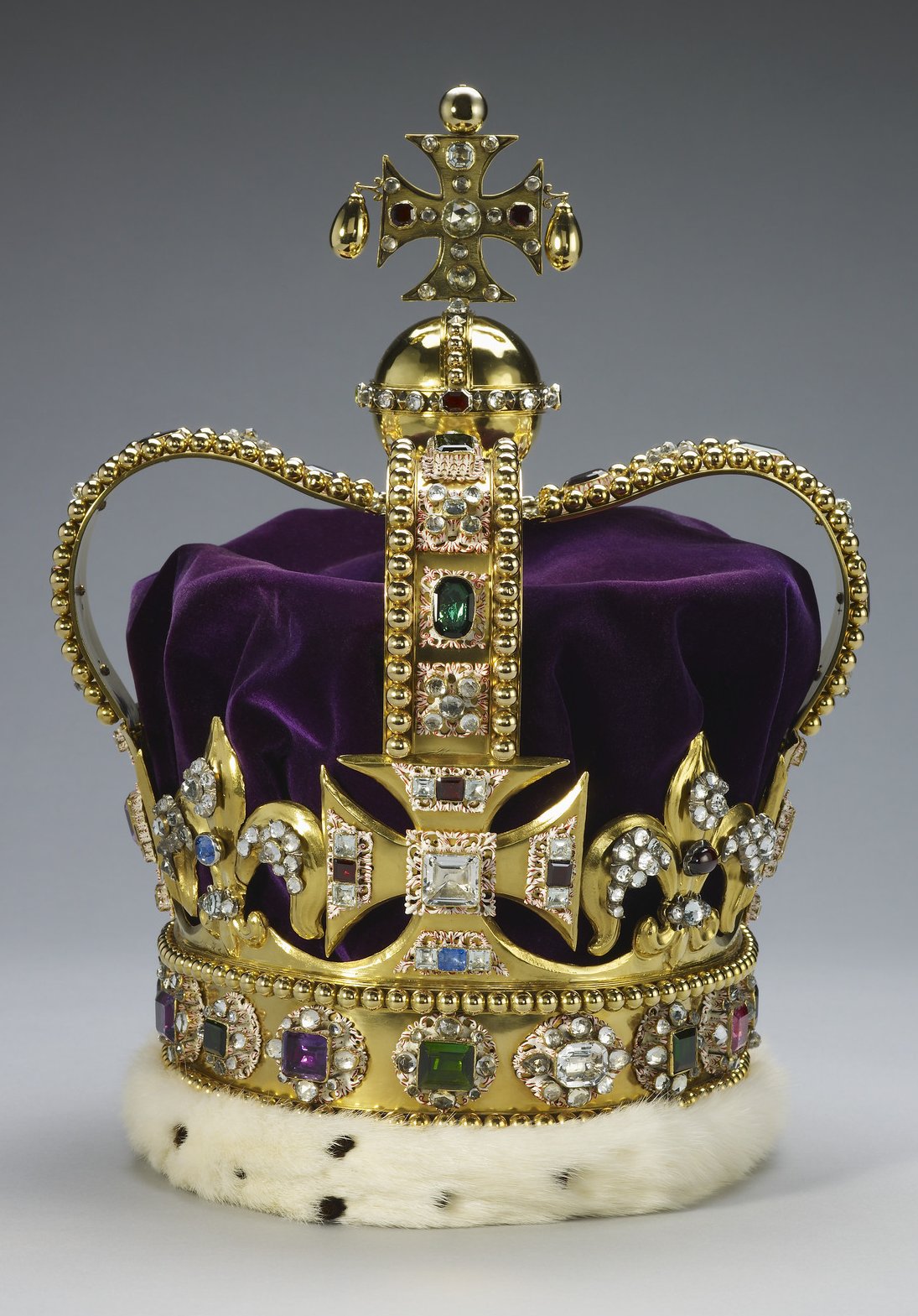
The renovations currently being made to St Edward’s Crown relate largely to its size. Since 1911, its band has been adjusted slightly to fit the head of each monarch who has worn it. Significantly, 74-year-old King Charles will become the oldest person ever to balance the weight of the crown during his coronation. The previous monarchs to wear the crown during the ceremony were all significantly younger: King Charles II (30), King James II (51), King William III (38), King George V (46), King George VI (41), and Queen Elizabeth II (27).
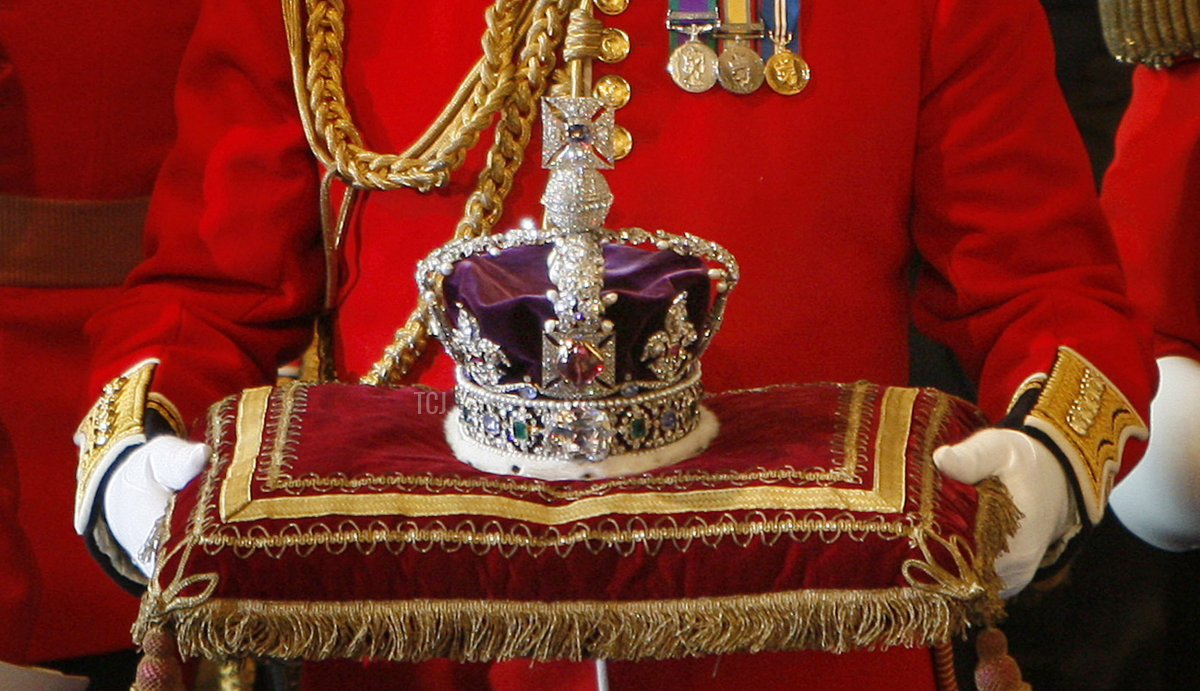
There will be some relief for Charles, though. Like the other modern monarchs, he will fairly quickly swap out the heavy St Edward’s Crown for something lighter. Buckingham Palace also confirmed this weekend that he will indeed be wearing the Imperial State Crown as well during the coronation service. It weighs a little over two pounds—still not easy to manage, but much more comfortable than St Edward’s Crown. For more on the other jewels that Charles will wear during the coronation service, read our earlier article here. (Also, for more on what Queen Camilla will likely wear, head over here!)
Leave a Reply
You must be logged in to post a comment.